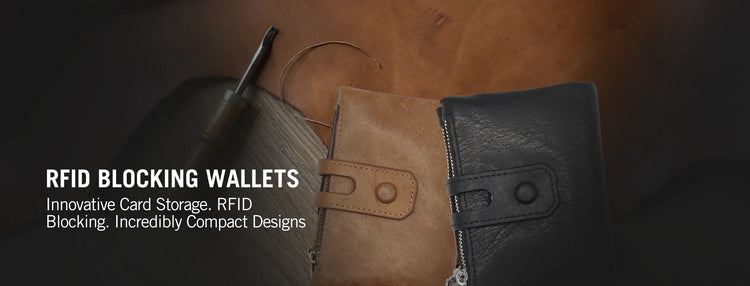-
RFID Blocking Cowhide Leather Wallet with AirTag Insert
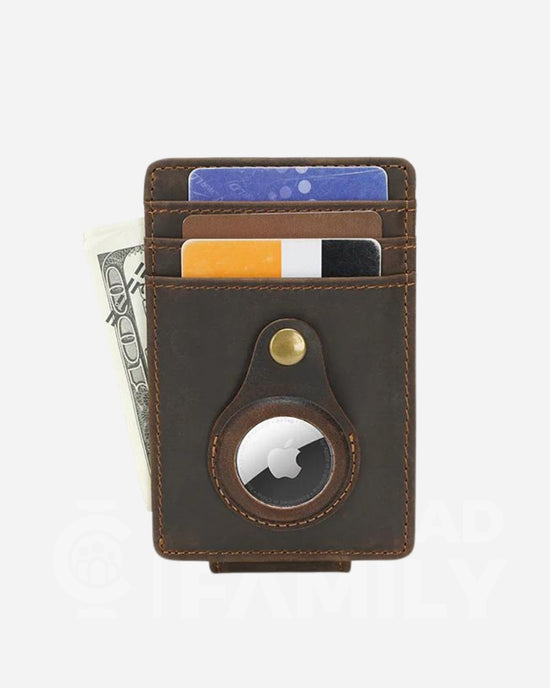
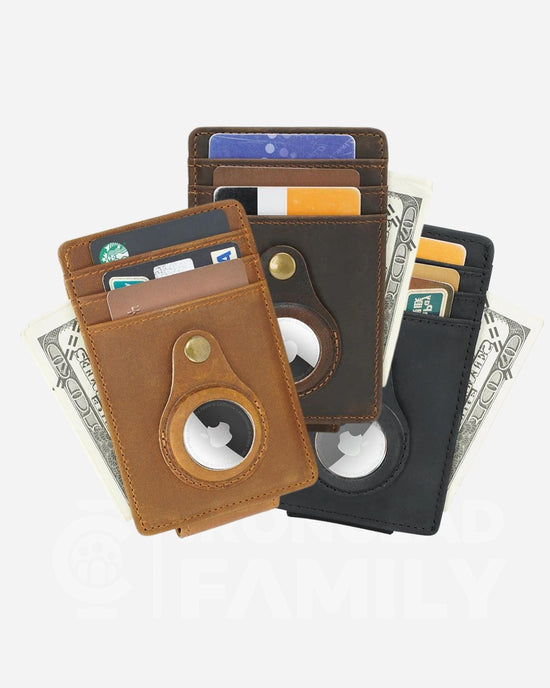 Vendor:IroncladfamilyRFID Blocking Cowhide Leather Wallet with AirTag Insert
Vendor:IroncladfamilyRFID Blocking Cowhide Leather Wallet with AirTag Insert- Regular price
-
$49.95 - Regular price
-
- Sale price
-
$49.95
-
RFID Blocking Cowhide Leather Wallet with AirTag Insert
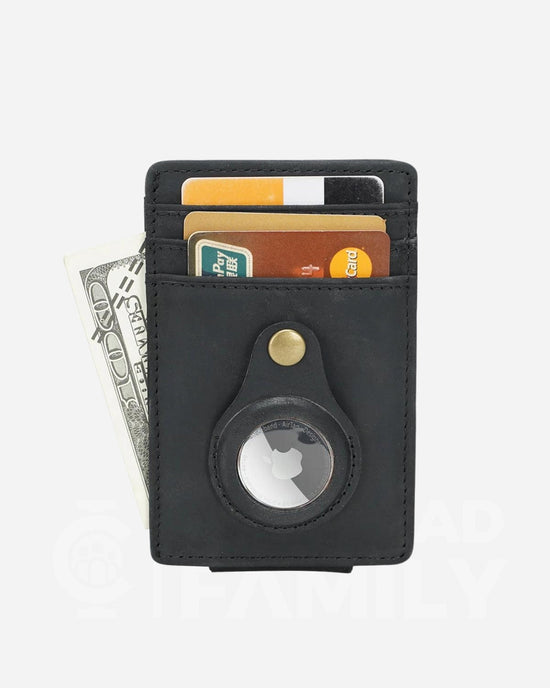
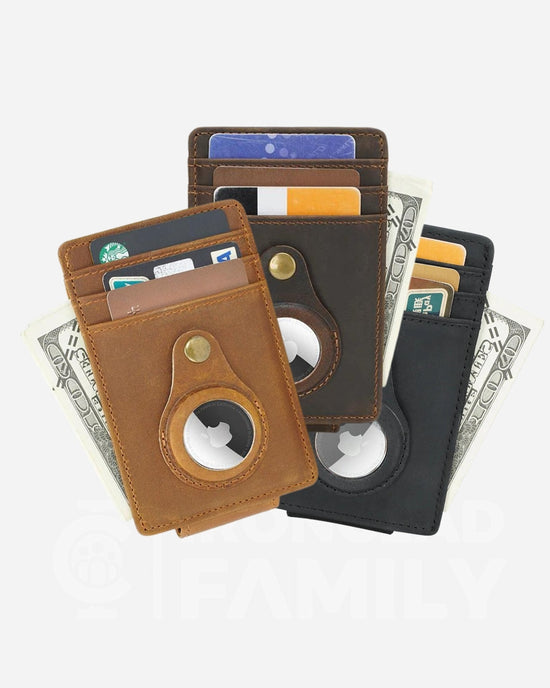 Vendor:IroncladfamilyRFID Blocking Cowhide Leather Wallet with AirTag Insert
Vendor:IroncladfamilyRFID Blocking Cowhide Leather Wallet with AirTag Insert- Regular price
-
$49.95 - Regular price
-
- Sale price
-
$49.95
-
RFID Blocking Cowhide Leather Wallet with AirTag Insert
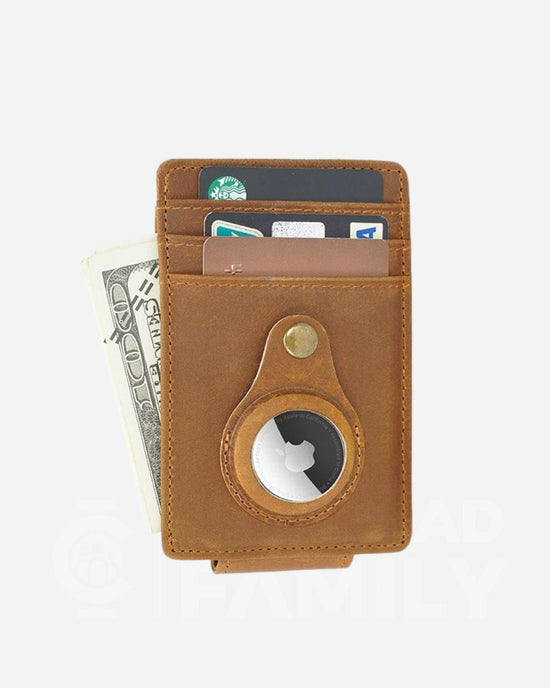
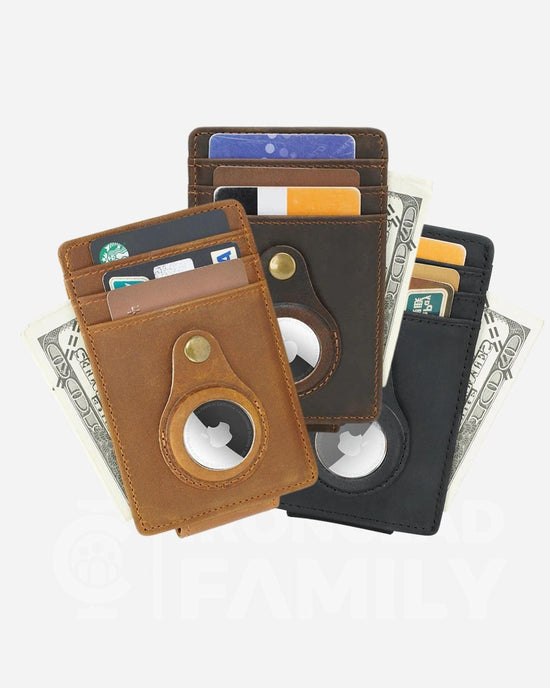 Vendor:IroncladfamilyRFID Blocking Cowhide Leather Wallet with AirTag Insert
Vendor:IroncladfamilyRFID Blocking Cowhide Leather Wallet with AirTag Insert- Regular price
-
$49.95 - Regular price
-
- Sale price
-
$49.95
-
Textured Metal RFID Blocking Wallet for Men Or Women with Cash Strap
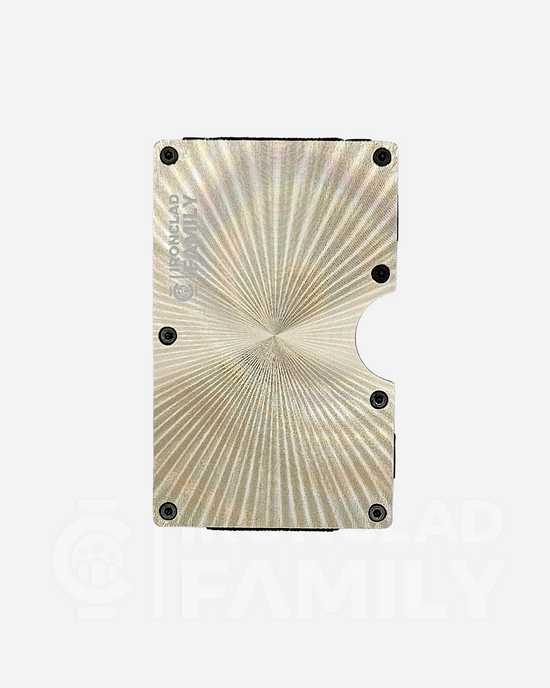
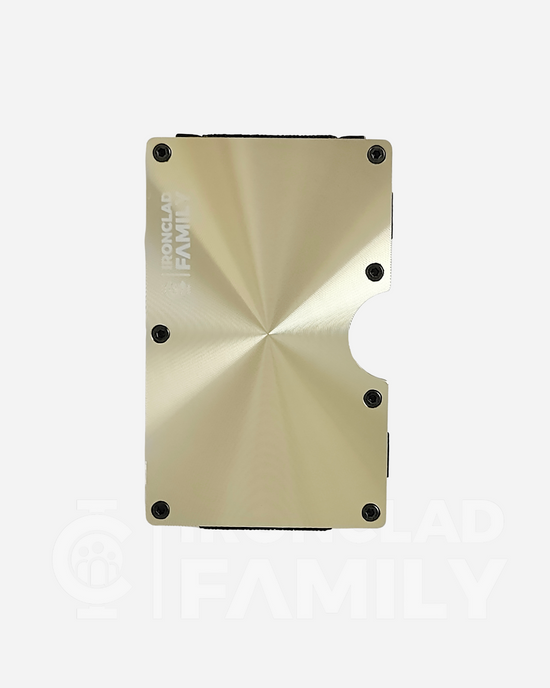 Vendor:IroncladfamilyTextured Metal RFID Blocking Wallet for Men Or Women with Cash Strap
Vendor:IroncladfamilyTextured Metal RFID Blocking Wallet for Men Or Women with Cash Strap- Regular price
-
$39.95 - Regular price
-
$49.95 - Sale price
-
$39.95
-
Textured Metal RFID Blocking Wallet for Men Or Women with Cash Strap
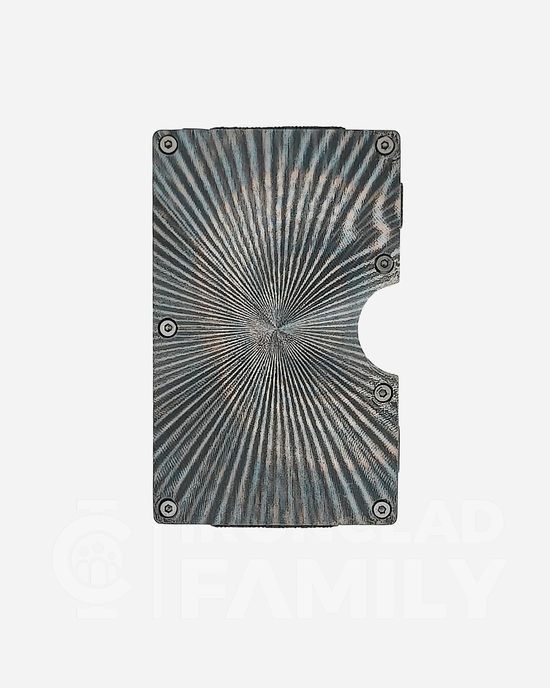
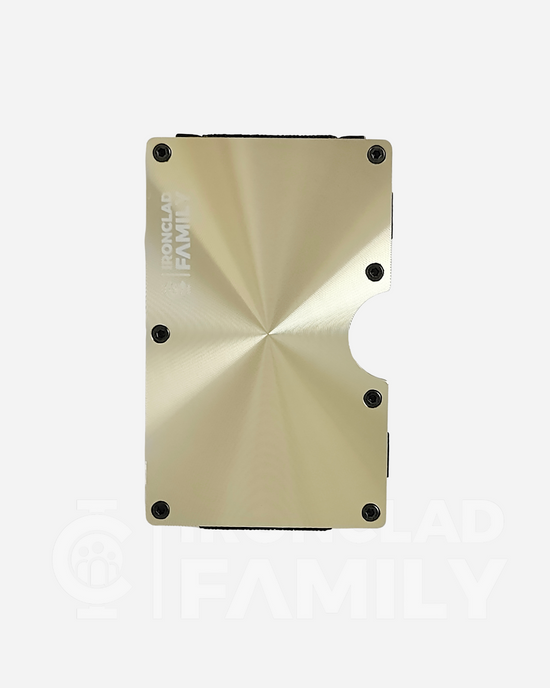 Vendor:IroncladfamilyTextured Metal RFID Blocking Wallet for Men Or Women with Cash Strap
Vendor:IroncladfamilyTextured Metal RFID Blocking Wallet for Men Or Women with Cash Strap- Regular price
-
$39.95 - Regular price
-
$49.95 - Sale price
-
$39.95
-
Textured Metal RFID Blocking Wallet for Men Or Women with Cash Strap
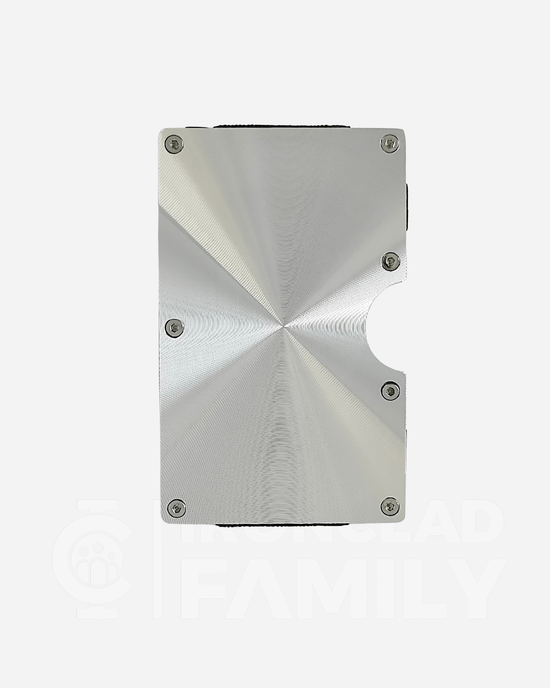
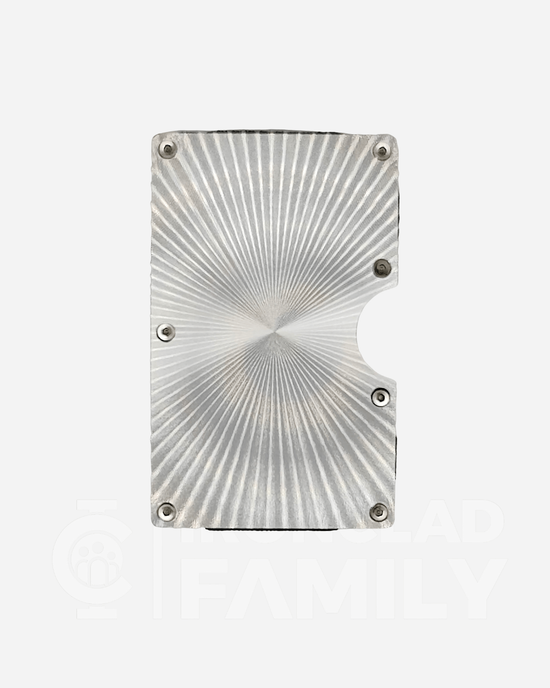 Vendor:IroncladfamilyTextured Metal RFID Blocking Wallet for Men Or Women with Cash Strap
Vendor:IroncladfamilyTextured Metal RFID Blocking Wallet for Men Or Women with Cash Strap- Regular price
-
$39.95 - Regular price
-
$49.95 - Sale price
-
$39.95
-
Textured Metal RFID Blocking Wallet for Men Or Women with Cash Strap
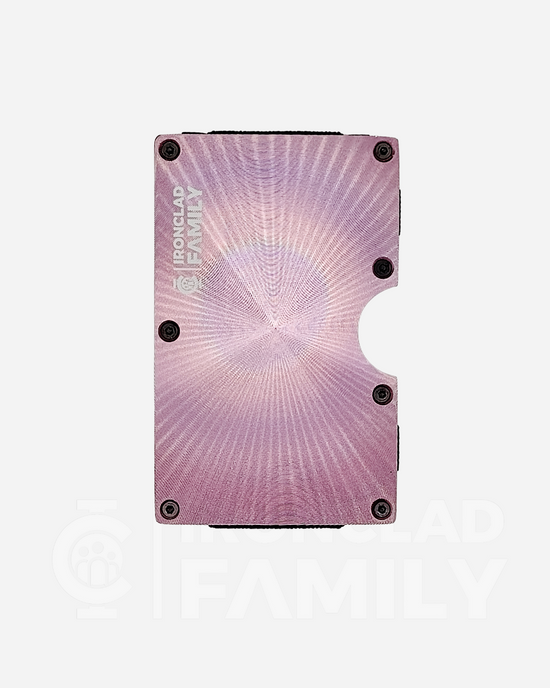
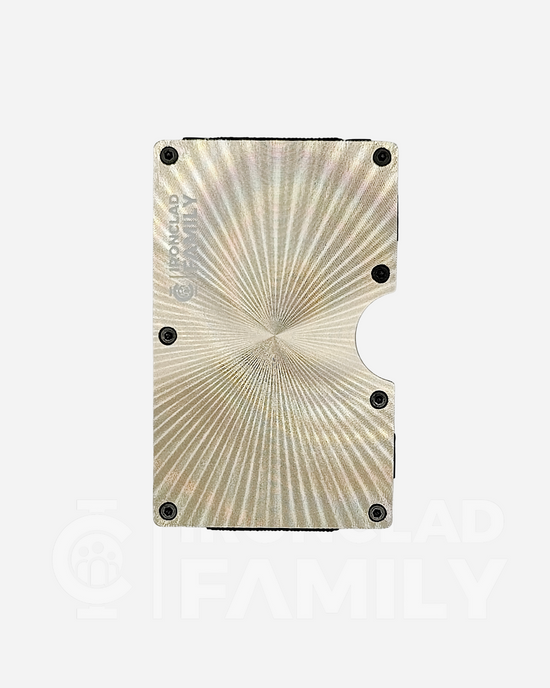 Vendor:IroncladfamilyTextured Metal RFID Blocking Wallet for Men Or Women with Cash Strap
Vendor:IroncladfamilyTextured Metal RFID Blocking Wallet for Men Or Women with Cash Strap- Regular price
-
$39.95 - Regular price
-
$49.95 - Sale price
-
$39.95
-
RFID Blocking, Fireproof AND Water-Resistant Passport Holder
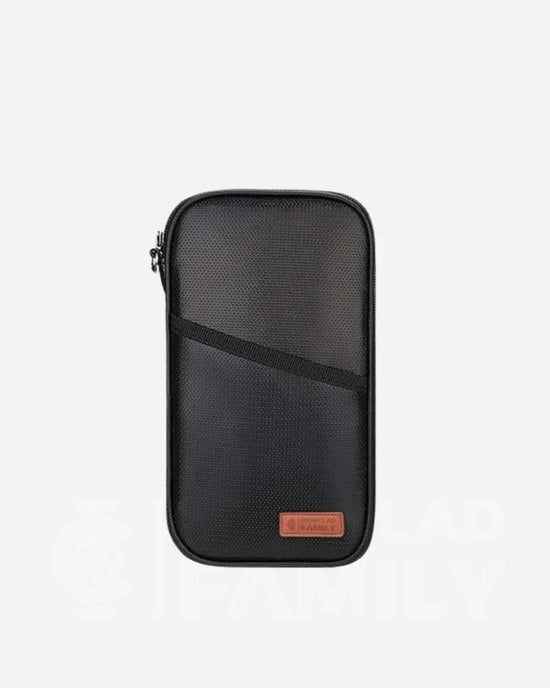
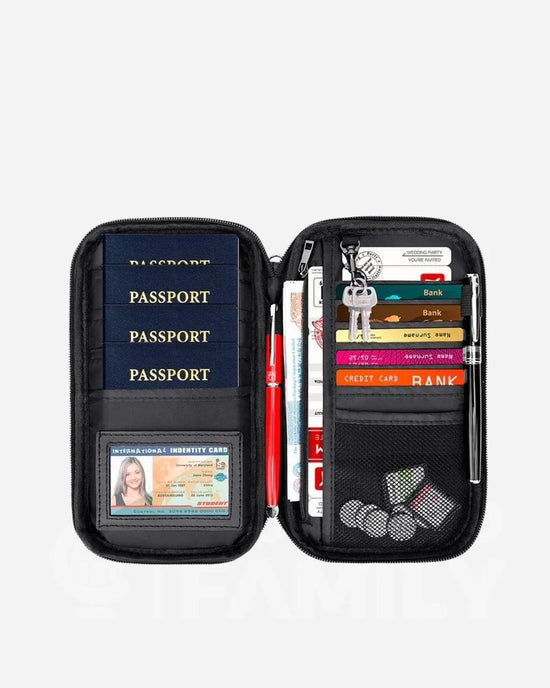 Vendor:IroncladfamilyRFID Blocking, Fireproof AND Water-Resistant Passport Holder
Vendor:IroncladfamilyRFID Blocking, Fireproof AND Water-Resistant Passport Holder- Regular price
-
$29.95 - Regular price
-
- Sale price
-
$29.95
-
RFID Blocking - Water-Resistant Passport Holder
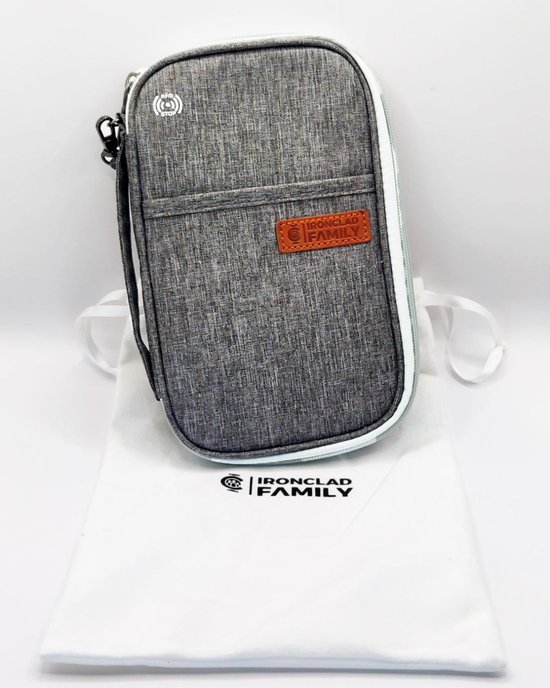
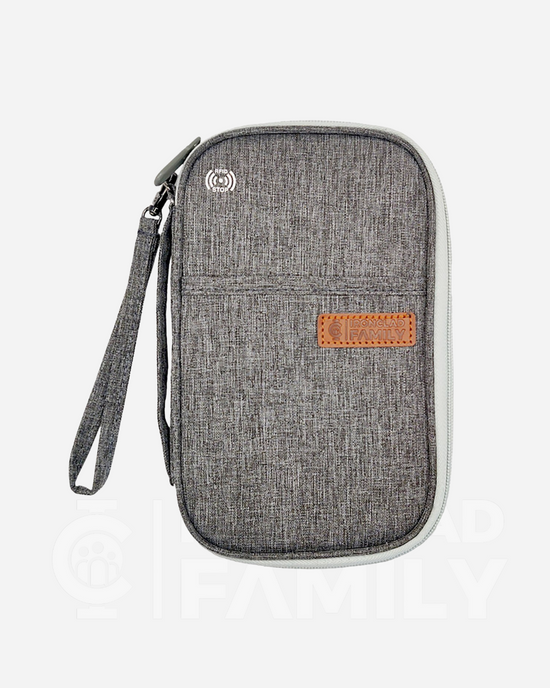 Vendor:IroncladfamilyRFID Blocking - Water-Resistant Passport Holder
Vendor:IroncladfamilyRFID Blocking - Water-Resistant Passport Holder- Regular price
-
From
$19.95 - Regular price
-
$22.95 - Sale price
-
From
$19.95
-
High Quality - RFID Blocking Cowhide Leather Multi-Passport Holder
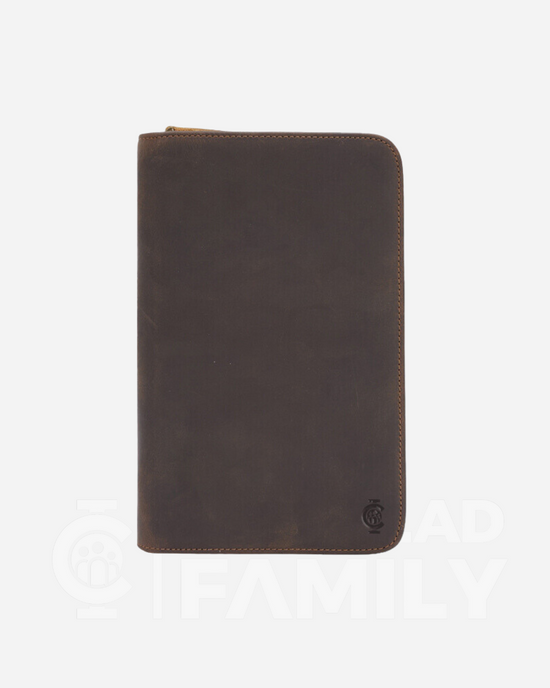
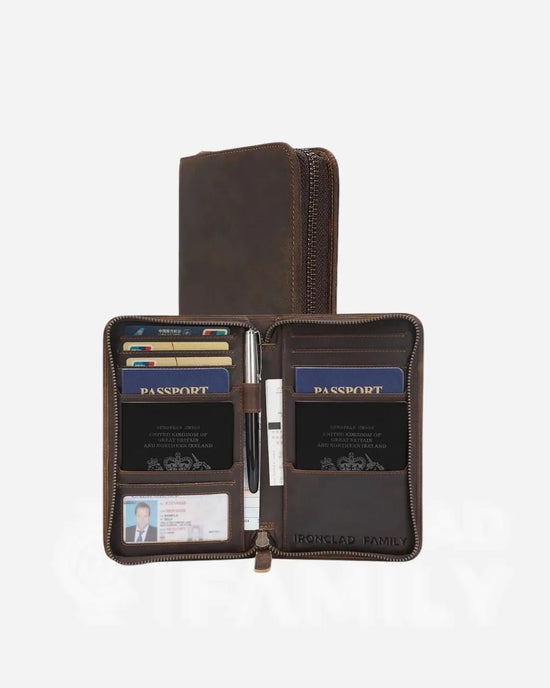 Vendor:IroncladfamilyHigh Quality - RFID Blocking Cowhide Leather Multi-Passport Holder
Vendor:IroncladfamilyHigh Quality - RFID Blocking Cowhide Leather Multi-Passport Holder- Regular price
-
$55.99 - Regular price
-
- Sale price
-
$55.99
-
RFID Blocking Leather Wallet
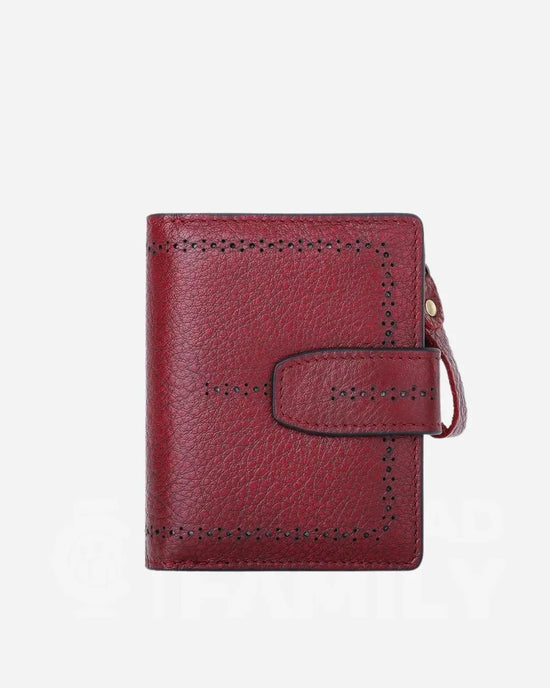
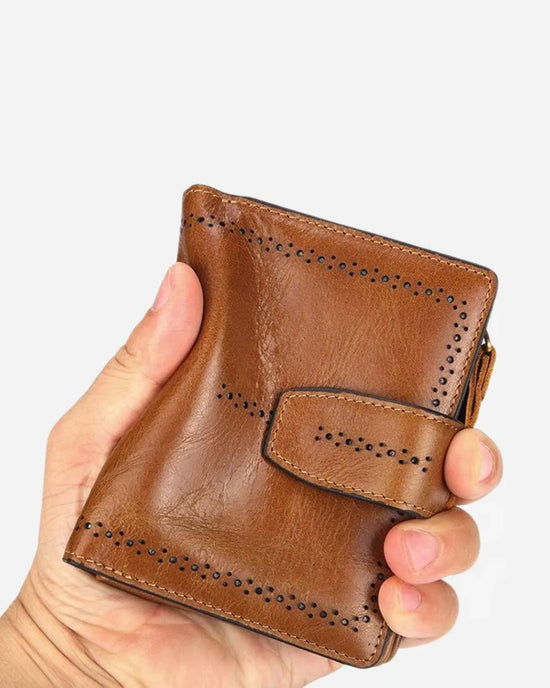 Vendor:IroncladfamilyRFID Blocking Leather Wallet
Vendor:IroncladfamilyRFID Blocking Leather Wallet- Regular price
-
$34.95 - Regular price
-
- Sale price
-
$34.95
-
RFID Blocking Leather Wallet
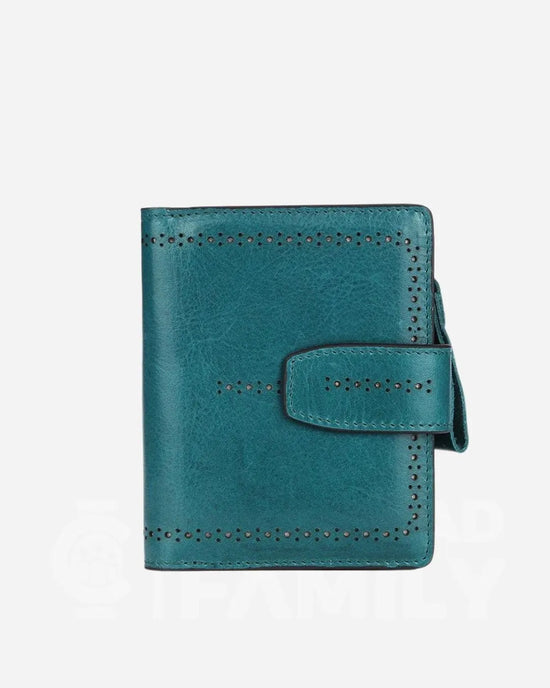
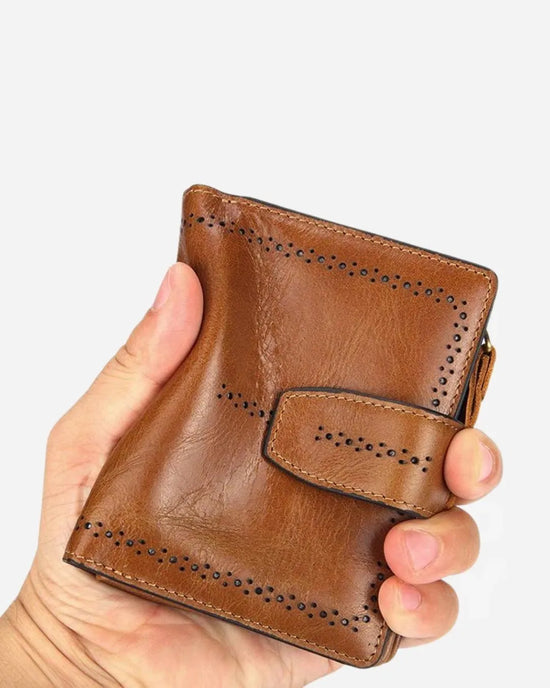 Vendor:IroncladfamilyRFID Blocking Leather Wallet
Vendor:IroncladfamilyRFID Blocking Leather Wallet- Regular price
-
$34.95 - Regular price
-
- Sale price
-
$34.95
-
RFID Blocking Leather Wallet
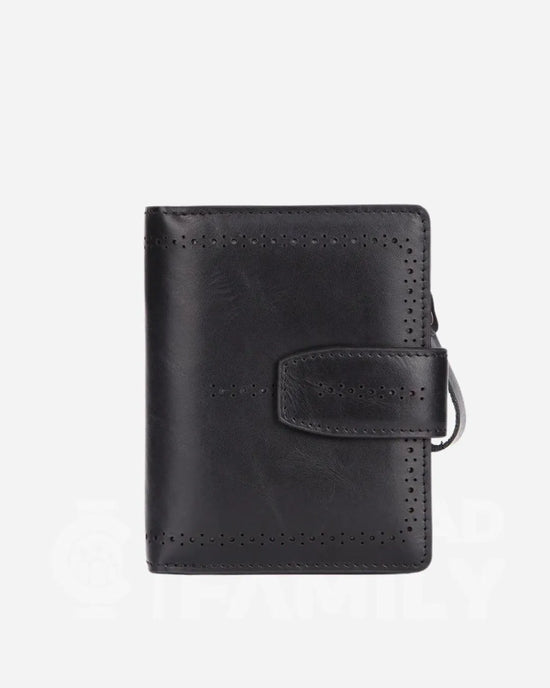
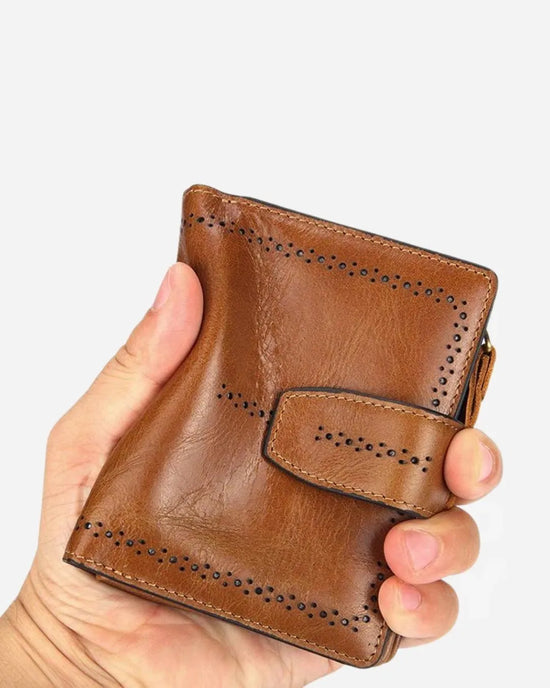 Vendor:IroncladfamilyRFID Blocking Leather Wallet
Vendor:IroncladfamilyRFID Blocking Leather Wallet- Regular price
-
$34.95 - Regular price
-
- Sale price
-
$34.95
-
RFID Blocking Leather Wallet
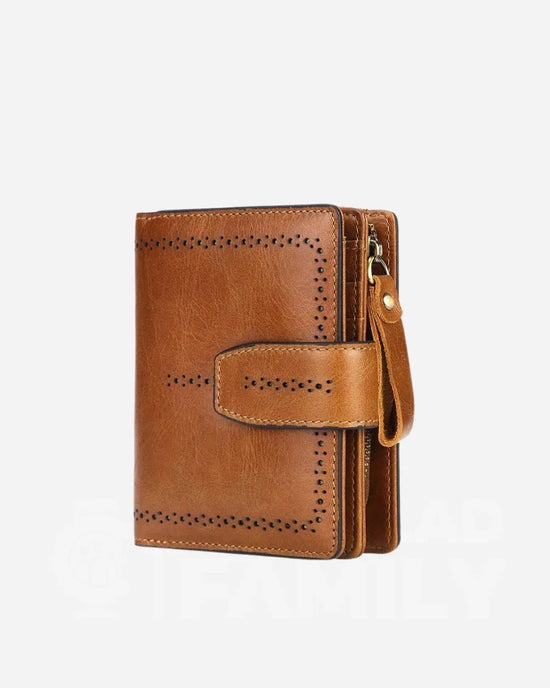
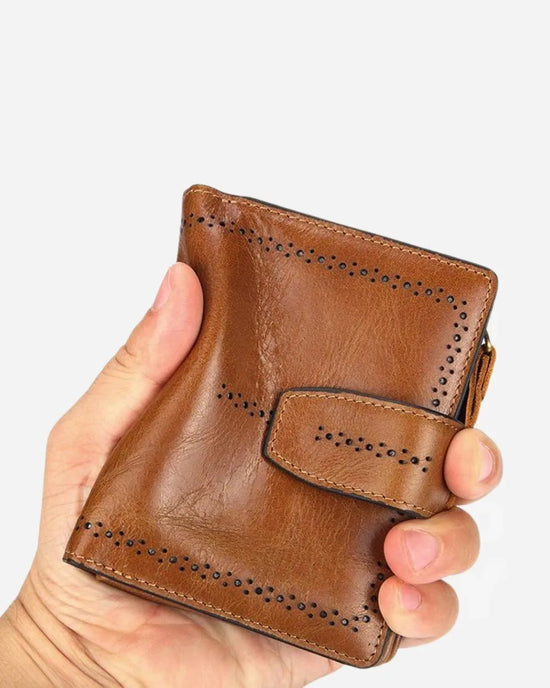 Vendor:IroncladfamilyRFID Blocking Leather Wallet
Vendor:IroncladfamilyRFID Blocking Leather Wallet- Regular price
-
$34.95 - Regular price
-
- Sale price
-
$34.95
-
RFID Shielded Leather Bifold Zipper Wallet
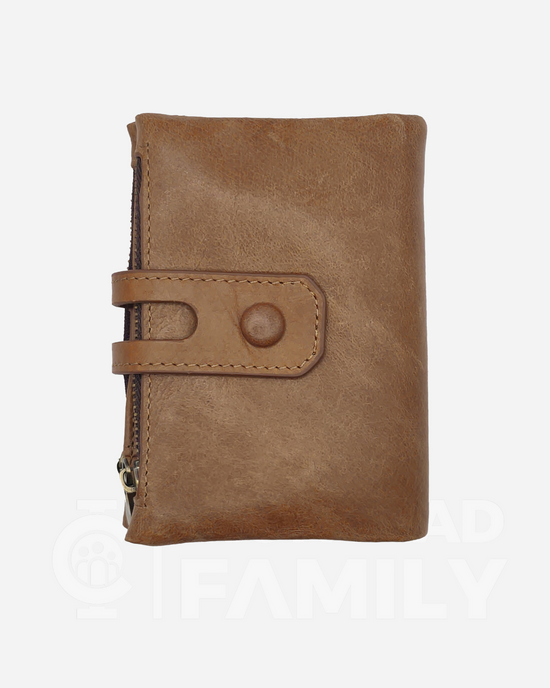
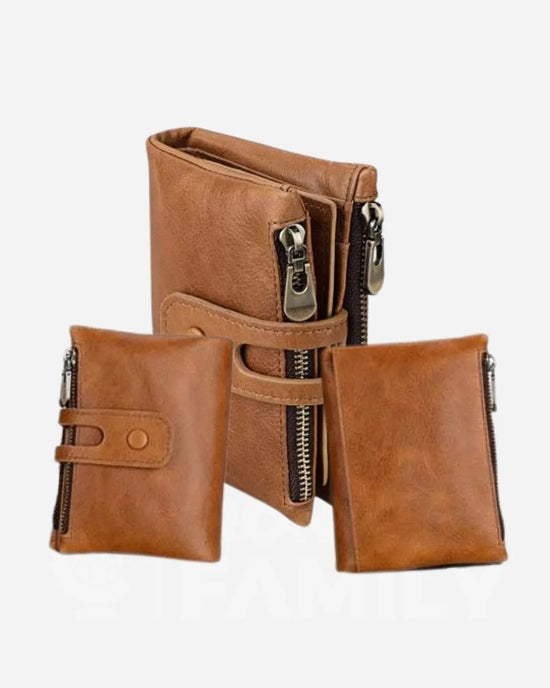 Vendor:IroncladfamilyRFID Shielded Leather Bifold Zipper Wallet
Vendor:IroncladfamilyRFID Shielded Leather Bifold Zipper Wallet- Regular price
-
$49.95 - Regular price
-
- Sale price
-
$49.95
-
RFID Shielded Leather Compact Wallet
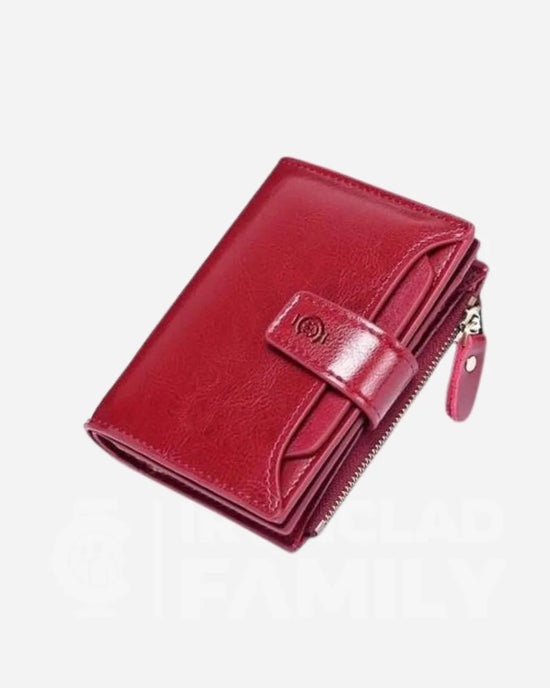
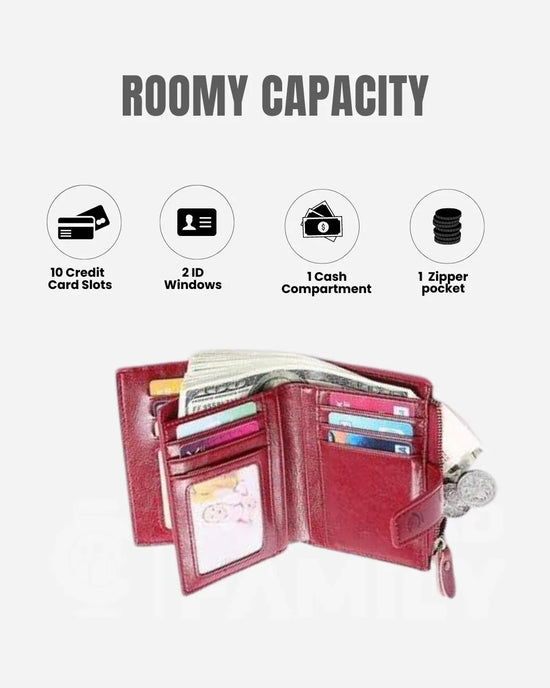 Vendor:IroncladfamilyRFID Shielded Leather Compact Wallet
Vendor:IroncladfamilyRFID Shielded Leather Compact Wallet- Regular price
-
$29.95 - Regular price
-
- Sale price
-
$29.95
What is RFID and why do I need to block it?
RFID stands for “Radio Frequency Identification.” It is a widely used technology that generally makes our lives more convenient by allowing certain items to be scanned and identified without actually touching the item.
You know the anti-theft tags that are attached to some products that set off an alarm if they aren’t removed and you exit the store? Those work on RFID. Here we we have complete information about how RFID Technology works.
More to the point, most of our credit cards now have a chip in them that also uses RFID. It is what allows us to “tap” our card instead of inserting it into a machine.
As with most things though, the more convenient it is, the more it can be abused by bad actors for nefarious activities.
What is an RFID wallet?
An RFID Wallet is simply a wallet that is designed to block RFID signals so that your credit cards, debit cards, and other cards that have RFID chips cannot be read without you actively removing them from your wallet.
What Makes a Wallet Anti-RFID?
Anything that blocks a radio signal can make a wallet anti-RFID. IronClad Family uses two methods to accomplish this. Our metal wallets use metals that radio waves can’t pass through. The real blocking part is on the inside of the wallet. This allows us to make the outside with materials that might not naturally block radio signals, like carbon fiber. Leather and cloth don’t block radio signals at all, so our leather and cloth wallets are manufactured with a specially woven metallic sheet that is designed to block radio signals. The sheet looks like cloth that was woven out of steel thread, which is exactly what it is!
Do they really work and do I really need one?
Search the internet for this question and you’ll see dozens of opinions both supporting and dissuading the use of RFID blocking wallets.
Here is the truth…
Yes, they absolutely work. This has been proven over and over both in the lab and in real life scenarios.
Do you need one? That is for you to decide. Do you need a seatbelt in your car? Many people don’t think so and support their opinion by saying they’ve never been in an accident. Personally, I wear a seatbelt because I want to take precautions before I get into an emergency. I also use an RFID shielded wallet so I have one less thing to worry about because I know I’m already protected.
If you can have an RFID shielded wallet that both protects you and is chic and stylish, for the same cost as one that is not RFID shielded, why would anyone choose to go unprotected?
How Close Does a Hacker Need to Be to Scan a Credit Card Inside Your Wallet?
Unlike some of the opinions on the internet by well-meaning, but misinformed people, we’ve tested this in the lab.
Scanning distance is a function of power and antenna size. “Point Of Sale” systems that you tap your card on in stores are very low power and have small antennas. Your card needs to
be within 1-4 inches for it to be scanned. (The official specification states 10 cm which is 3.9 inches)
A hacker with a cheap hand-held scanner would need to be within inches of your wallet to scan it. This isn’t as uncommon as you think though. Think about how close you are to others in elevators, escalators, busses, grocery check-out lines, etc.
We have seen hackers create high-power scanners that have a very large antenna and a much larger power source. These scanners need to go inside of a backpack because of their size, but they can reliably read your cards from 4-5 feet away. if you want more information about how to protect your wallets you can read our blog. How can you protect your wallets from scammer
Besides using an RFID Wallet is there something else I should do?
Yes, there is! First, just be aware of your surroundings. If there is someone that is constantly trying to get close to you, turn around and face them. They don’t like attention and will step back or turn around and find a different victim.
Second, don’t pull your card out of your RFID shielded wallet until you are ready to pay, at the place of payment, and there is no one around you. It doesn’t help to shield your credit card and then pull it out of its shielding while standing in line, exactly where a hacker would want to try to scan your card.
Where can I find a good RFID Wallet?
On our webstore, of course! (shop.ironcladfamily.com) We have tested many styles of RFID
wallets. We approved some of them and offer them to you on our store. We have also rejected many because we didn’t like their look, their efficiency, their price, or their quality.
As with every item we carry, we personally use our items because we know that they are the highest value items we can find.
How do I know if my wallet is blocking RFID?
Assuming you buy your wallet from a reputable retailer, it should be marked as RFID shielded if it is.
If you want to check your own wallet, you can do that yourself, to an extent. You can download a “credit card reader” or “RFID reader” as an app on your phone and then scan your cards or your wallet to see if you can read the cards inside. Be aware though that your phone has very, very low power because it is not designed to specifically read cards, so it may not read cards in a non-shielded wallet where a hacker could.
Do all credit cards have RFID chips?
No. They don’t! But there is more to that story…
All cards since October 1st, 2015 have chips in them. These chips are called “EMV chips” (That stands for Europay, Mastercard, Visa because they spearheaded the technology.) These chips carry information about your card on them and use technology to decrease fraud. RFID in credit cards uses a technology called NFC (Near Field Communication). Some credit cards have this feature and some
do not.
Does your credit card support RFID? The presence of a chip doesn’t mean it is RFID capable, but its easy to tell. If a card is RFID capable it has a symbol on it that looks like a WIFI symbol.


